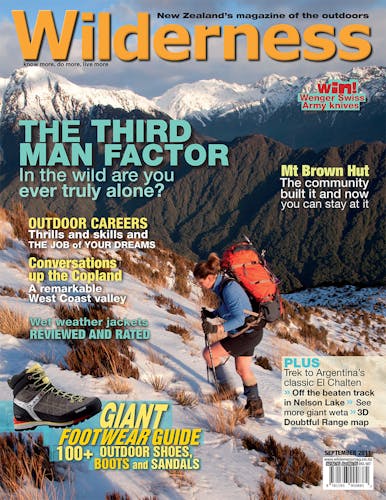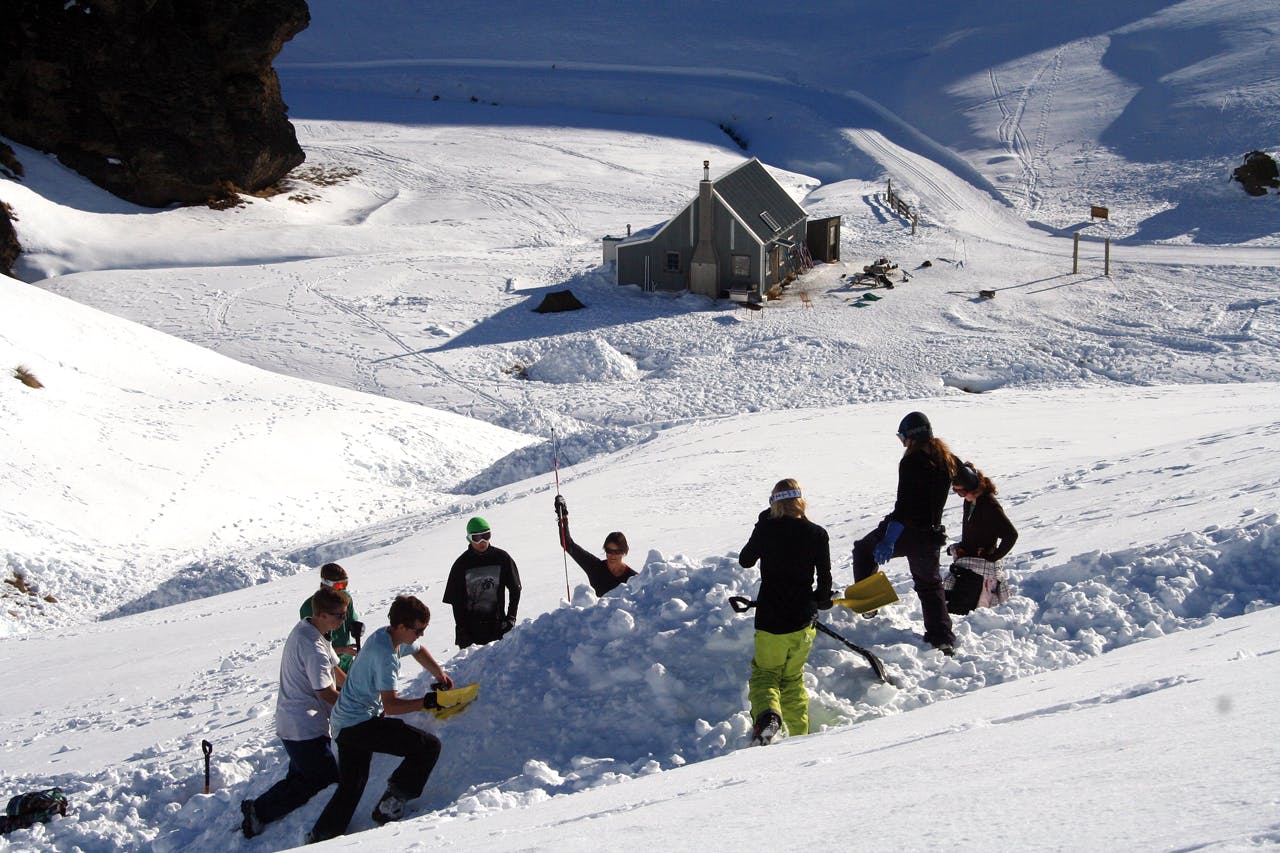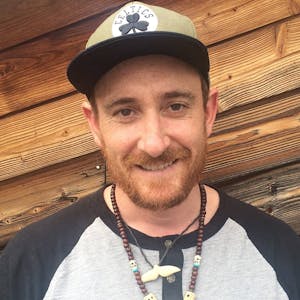When he was 14-years-old and in the bush on a 48-hour solo trip, Chris Wynn set up some candles and wrote about his dream job. “My goal was to become the director of this place,” says Wynn. “It happened 20 years later.”
Now the director of Tihoi Venture School in the Waikato, Wynn enjoys his life there as much as his students.
He is passionate about detaching kids from the multitude of screens they lose hours glued to and getting them into the outdoors instead.
“Many of the kids these days lead sheltered lives with the Internet, computers, television and mobile phones being their main source of entertainment,” says Wynn. “Their time here opens their eyes to the fact that instead of living in a virtual world, they can get out and do it rather than just looking at it on a screen.”
In 1979 St Paul’s Collegiate School for boys converted the abandoned Tihoi Timber Mill into the country’s first residential outdoor pursuit’s secondary school.
Close to Lake Taupo, the Central Plateau and Pureora Forest Park, the school’s location is ideal for every type of outdoor pursuit whether kayaking, caving, sailing, climbing or tramping.
It’s compulsory for all of St Paul’s Year 10 boys to spend 18 weeks at the Tihoi campus learning academic subjects alongside outdoor activities.
Four and a half days are spent in the classroom and the other two and a half in the outdoors.
The goal is to take boys out of their comfort zone and to help them become independent, responsible and contributing members of society.
Wynn says surveys run by St Paul’s show Tihoi is one of the main reasons parents send their kids to the school.
“When the school started a lot of the kids were from farms and were down-to-earth, practical kids,” says Wynn.”These days we’re finding kids are a lot less practical with a lot less initiative.
“Parents like the idea of the back-to-basics theme that we’ve got here,” he says.
When boys are living at the Tihoi campus they’re not allowed iPods, mobile phones or sweets.
Instead, they learn about the technologies of bush survival, shooting and hunting, how to run their own expeditions and how to do everything from rock climbing to kayaking.
“You take a kid to the summit of Mt Ruapehu in extreme weather and to them it’s like they’ve climbed Mt Everest. They remember it forever and it rubs off,” says Wynn.
Next year the school is starting a year-long residential programme for eight fortunate Year 13 students.
The Tihoi Outdoor Leadership Academy (TOLA) will offer students an opportunity to develop their academic and leadership skills in an intensive outdoor setting while flatting together.
“Our goal is to be better than similar schools in the South Island,” says Wynn. “We’ve had senior students from St Paul’s go down to residential programmes [run by South Island schools], so hopefully now they’ll be able to stay with their own school.”
Wanaka’s Mt Aspiring College is another school with a residential hostel and a strong outdoor pursuit’s programme.
As well as kids from all over the country, students from Europe, Asia and South America go to study there to take advantage of the outdoors programme.
Dave Cassaidy planned to teach at the school only for a year, but 10 years later he’s the head of the Outdoors Pursuits Department.
When Wilderness spoke to him he was preparing to take 17 students to Snow Farm on the Pisa Range where they would ski under a full moon and sleep in snow caves.
“We’re really lucky most of the activities we get to do are on our doorstep,” Cassaidy says. “Rock climbing, kayaking, ski fields, mountains, bush – it’s all right here.
“We can fit it all into the afternoons.”
Every week, all classes from Year 11 to 13 go on an afternoon trip into the outdoors to do a particular pursuit.
Year 13 residential students also go on a day trip every Sunday, sometimes staying away for a night.
Outdoor New Zealand has conducted audits of both Tihoi Venture School’s and Mt Aspiring College’s safety management plans and now both schools have the Outdoor’s Mark.
Both schools also have staff with up to three or four New Zealand Outdoor Instructor’s qualifications.
Mt Aspiring’s Cassaidy says the mark and qualifications give the school credibility and reassures parents, though most of the locals don’t need any.
“We’re fortunate the people who live in this town have a really good inkling of the nature of the outdoors in terms of risk, reward and challenge,” he says. “We’re not trying to sell something to parents that they have no idea about. They trust us and defer to us as the experts in this field.”
Tihoi’s Chris Wynn says it is unfortunate more schools around the country don’t have strong outdoor pursuits programmes.
“I think schools these days are often put off because of the initial set-up cost and because of safety concerns,” says Wynn. “The outdoors has received a lot of bad press in recent times.”








